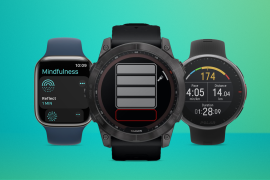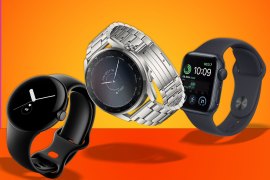Samsung Galaxy Watch7 vs Watch6: what’s the difference?
Samsung's smartwatch companions, compared

Samsung’s latest smartwatch generation is now official. The Galaxy Watch7 sees some under-the-hood tweaks, a subtle design shake-up, and even more health and fitness cleverness to keep your body in the best possible shape. Or maybe just shame you into putting down that pack of biscuits. Does that make for a meaningful upgrade over the outgoing Galaxy Watch6?
The previous-gen model was one of the best WearOS smartwatches of the past twelve months, and hasn’t exactly been left in the dust by this year’s update. Is it time to take yours off and invest in a Galaxy Watch7, or can you put off that trade-in for another year? We’ve yet to review the new Watch7, so this is how the two stack up on paper.
How we test wearables
Every smartwatch and fitness tracker reviewed on Stuff is worn 24/7 throughout the testing process. We use our own years of experience to judge general performance, battery life, display, and health monitoring. Manufacturers have no visibility on reviews before they appear online, and we never accept payment to feature products.
Find out more about how we test and rate products.
Design & build: much of the same
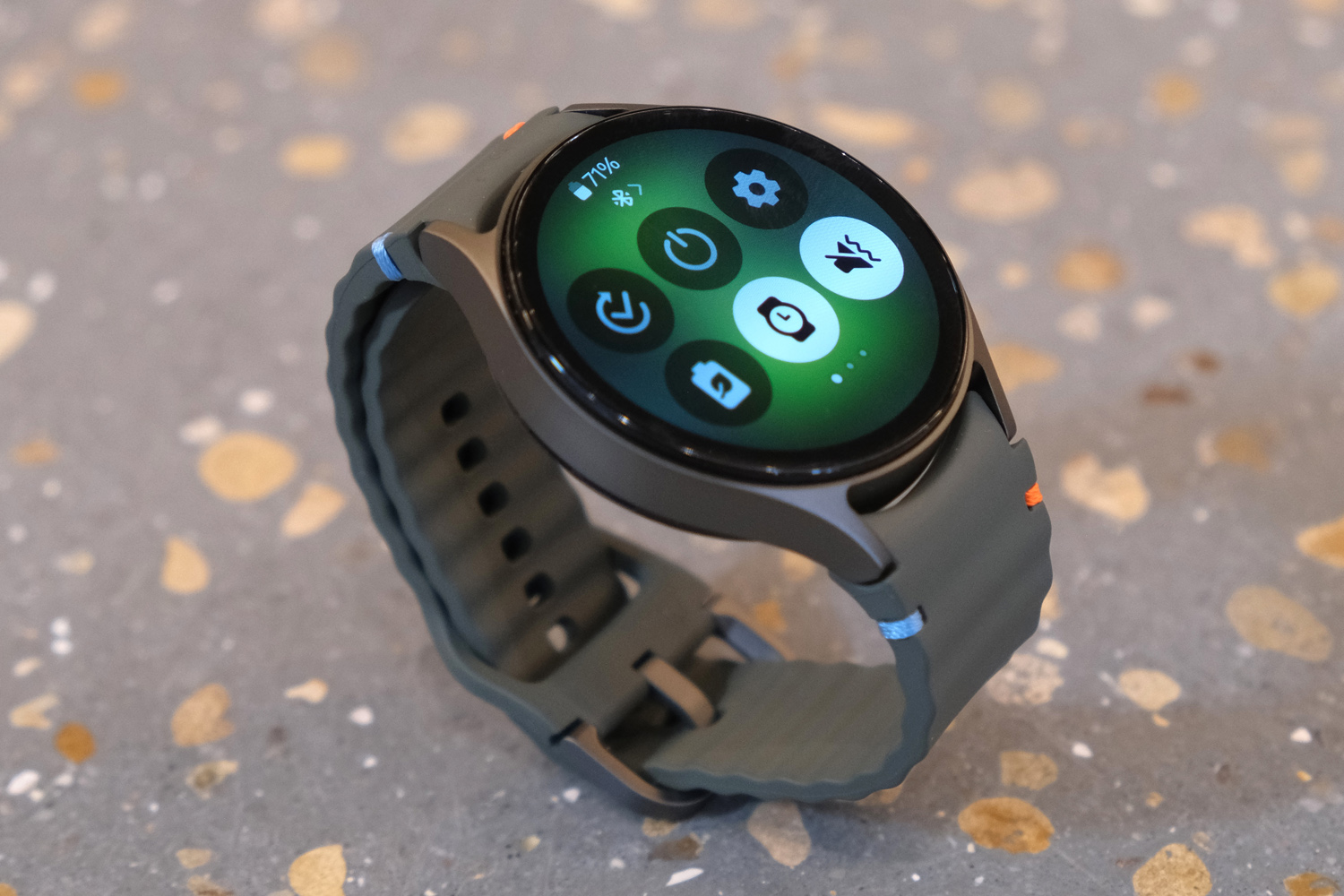
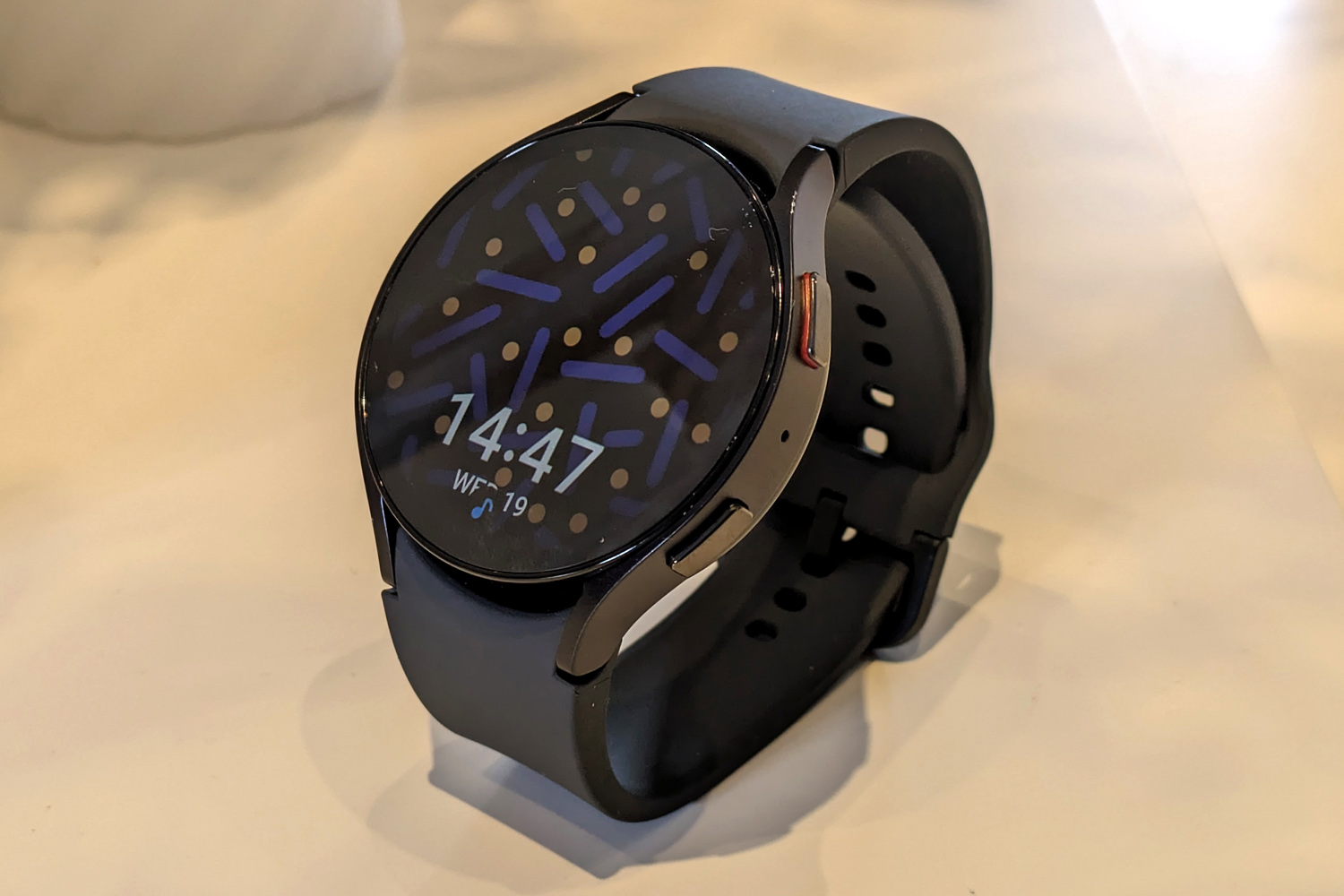
Focus on the aluminium case or circular screen and you’ll struggle to spot the difference between the Galaxy Watch6 and newer Watch7. They’re essentially unchanged, with two sizes – 40mm and 44mm – and a choice of colours. The smaller model weighs just 28.8g, while the larger one tips the scales at 33.8g; both are seriously svelte smartwatches.
Both generations use sapphire crystal glass to keep their watch faces free from scratches.
The most obvious change is the silicone strap, which gains some stitched details in complimentary colours for the Watch7 generation. The Galaxy Watch6 has a simpler-looking silicone band.
Screens & software: bright and beautiful
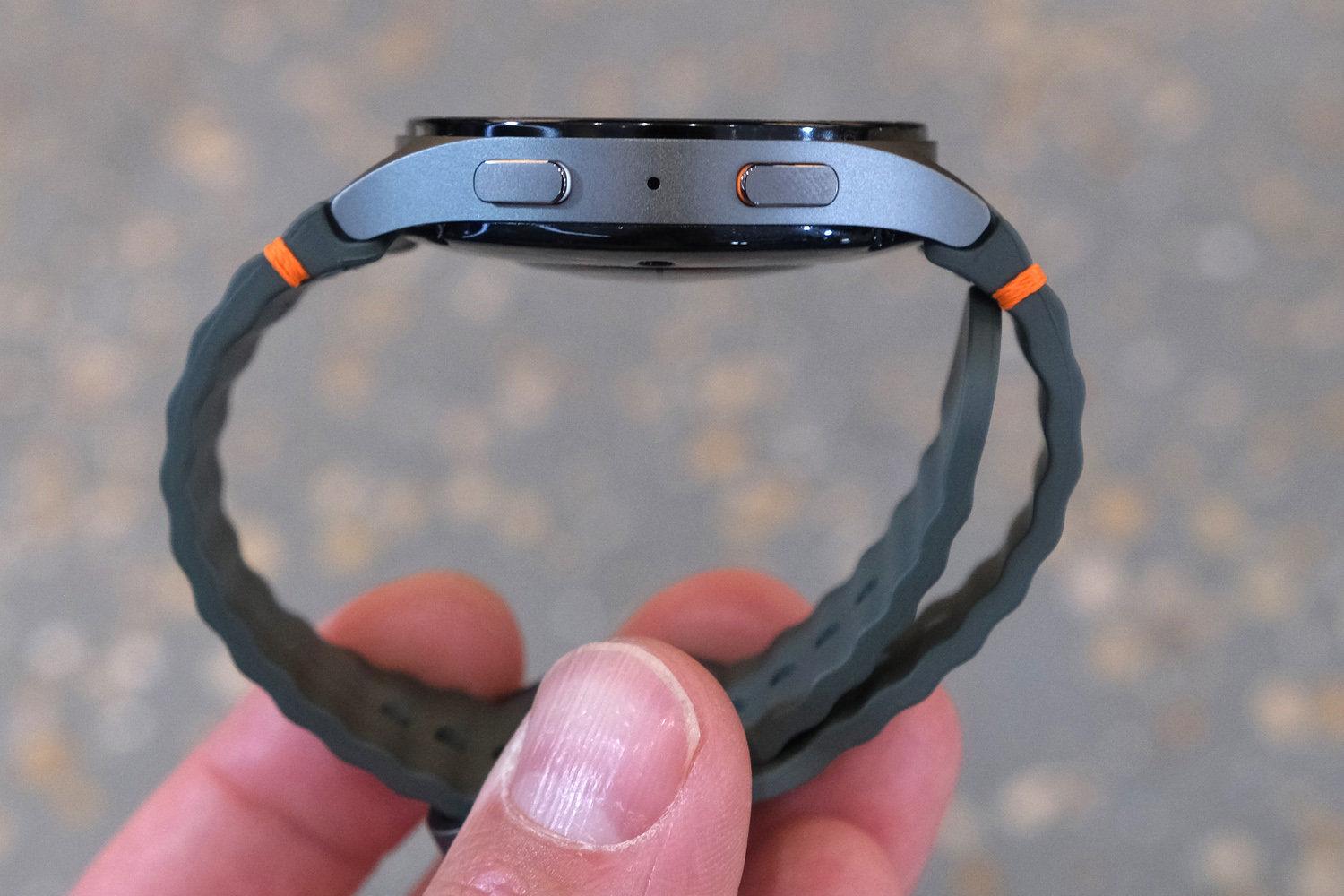
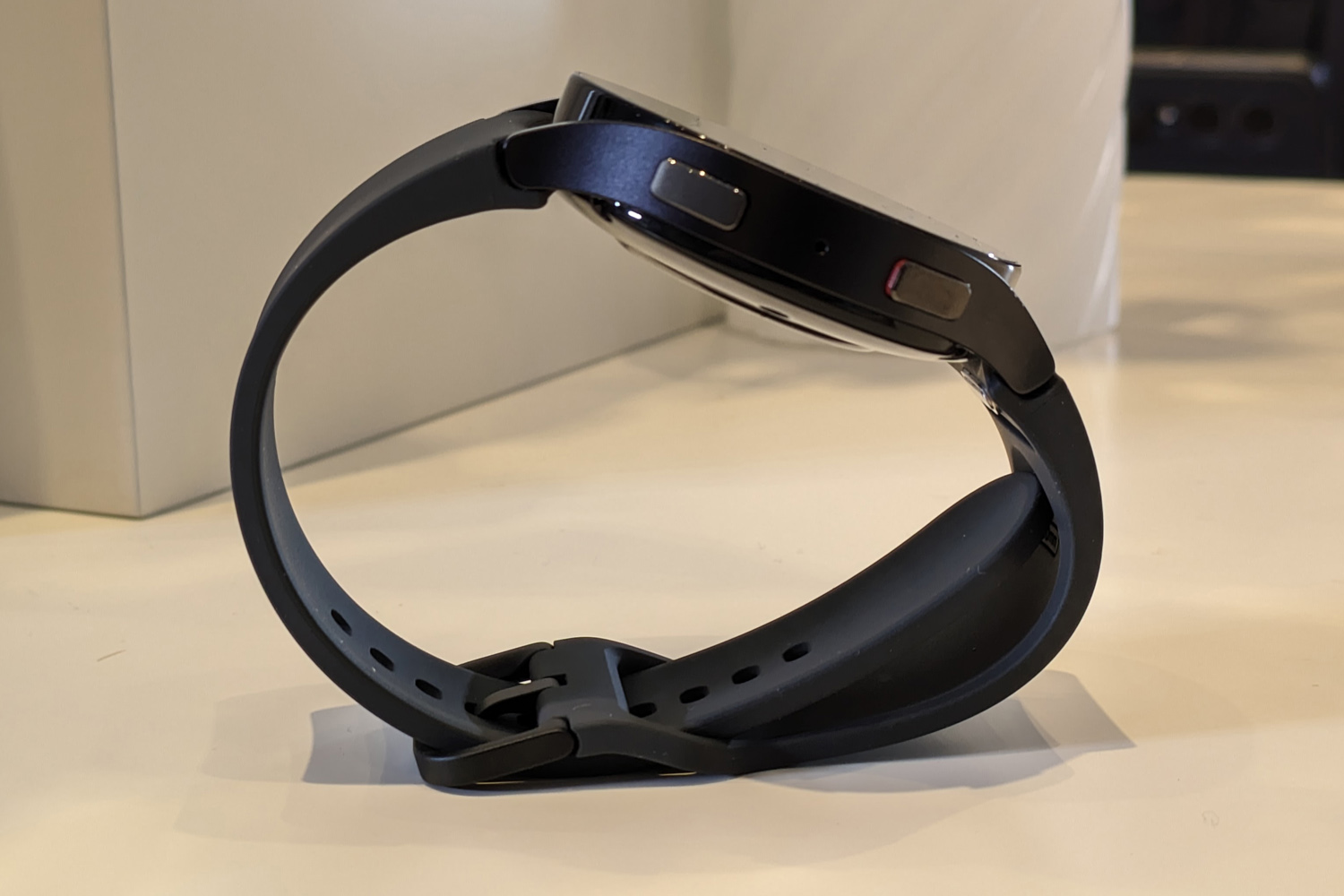
Samsung’s preference for circular AMOLEDs hasn’t gone away for this latest Galaxy Watch generation. The Watch7 can be had with either a 1.3in or 1.5in screen. Resolution is unchanged, at 432×432 for the smaller version and 480×480 for the larger one. That guaranteed a sharp-looking watch face from arms’ length on the Watch6, and we’re expecting similar for the Watch7.
The bezel thickness hasn’t changed at all, and brightness appears to be identical between generations too. Only the underlying software is different: the Watch7 arrives with WearOS 5, while the Watch6 is currently running WearOS 4. Samsung is usually pretty speedy to update its existing models, though, so we’re expecting software parity in a matter of months.
Health & fitness: running on gas
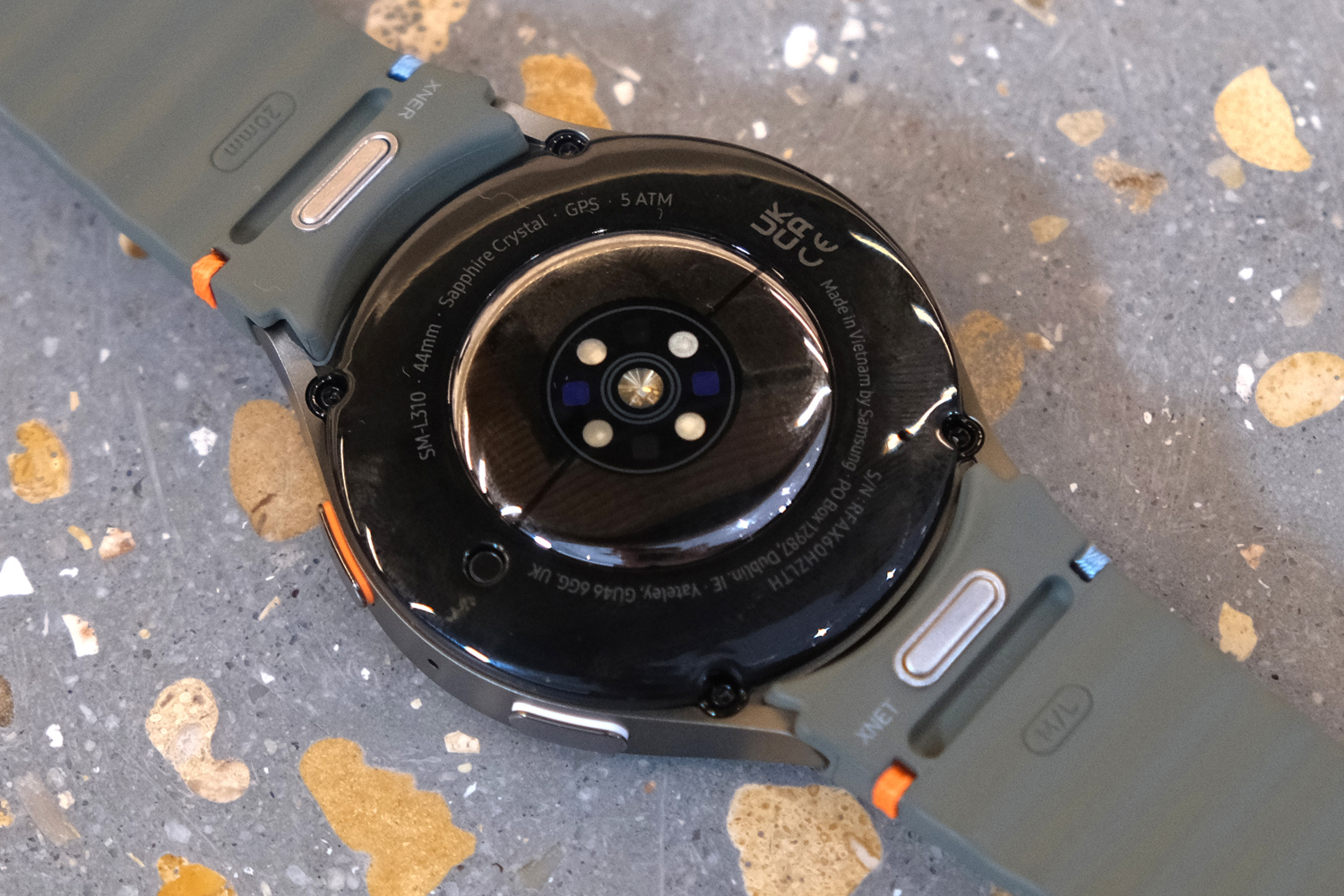
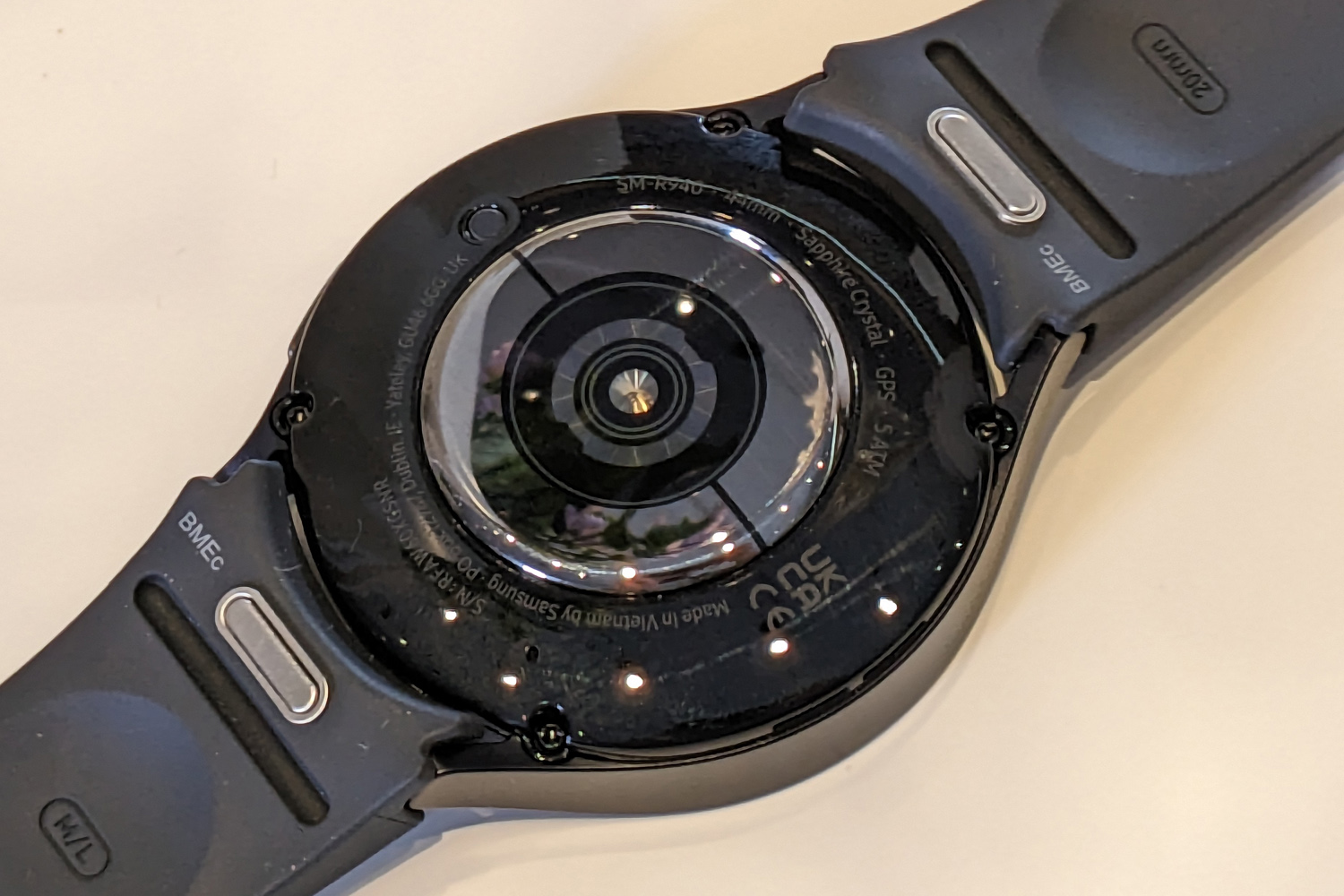
If you’re already well versed with Samsung’s wearables, you’ll already know the Galaxy Watch is packed with all kinds of fitness-focused sensors. Both generations have optical and electrical heart rate sensors, a skin temperature sensor, accelerometer, barometer and gyroscope. They can estimate body composition, detect falls, predict menstrual cycles, and track sleep. Calibrate with an external monitor and it can also track your blood pressure.
Both watches are IP68 and 5ATM water resistant, meaning you can take them swimming as well as into the shower cubicle. Neither are rated for ocean swimming – you’ll need the pricier, tougher Galaxy Watch Ultra for that.
The Watch7 stands out from its predecessor with dual-band GPS, which promises greater location tracking and a faster positioning lock. The bio sensors have been upgraded, too, with more LEDs that should deliver more accurate readings, though we’ve yet to test it.
Performance & software: slightly boosted
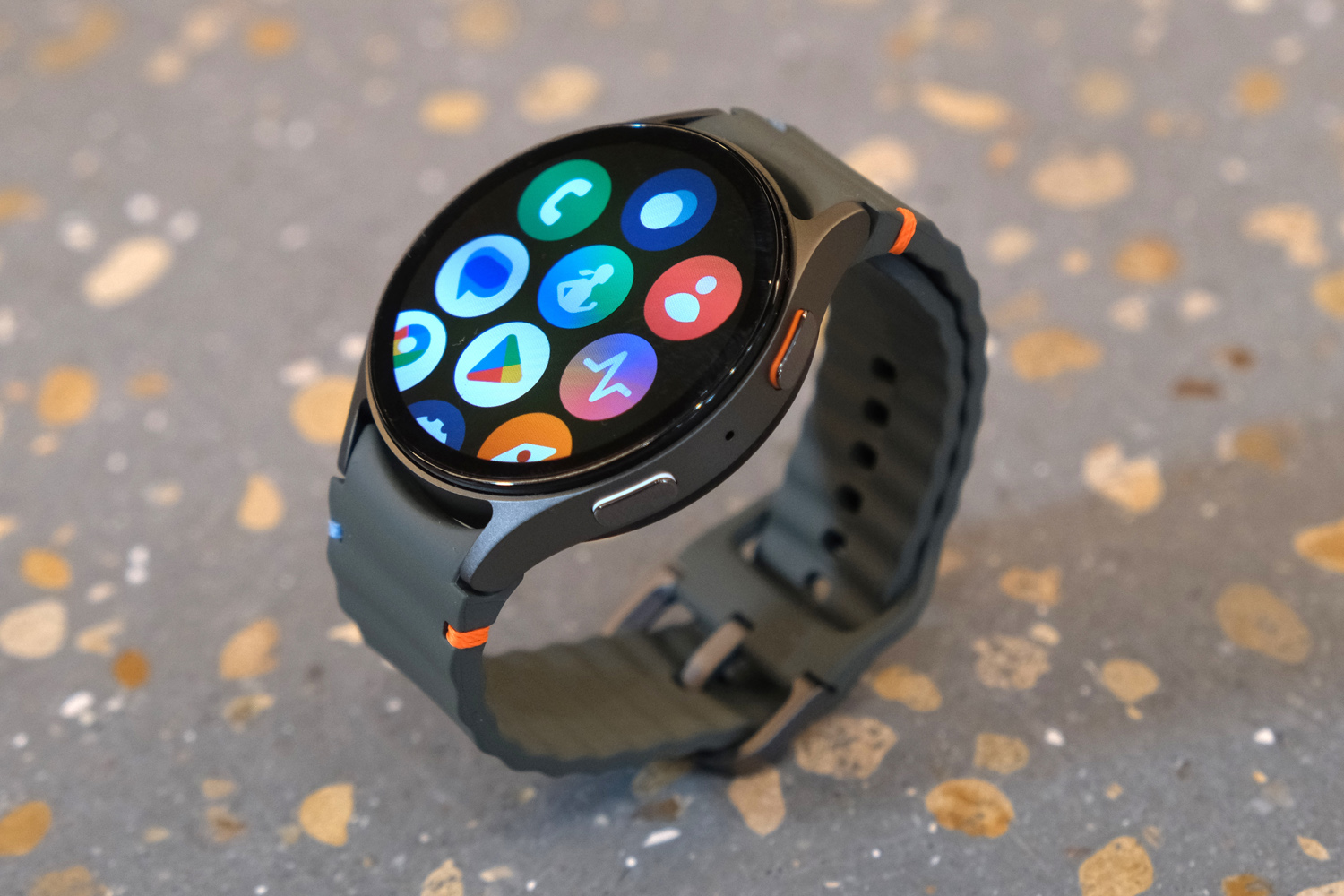
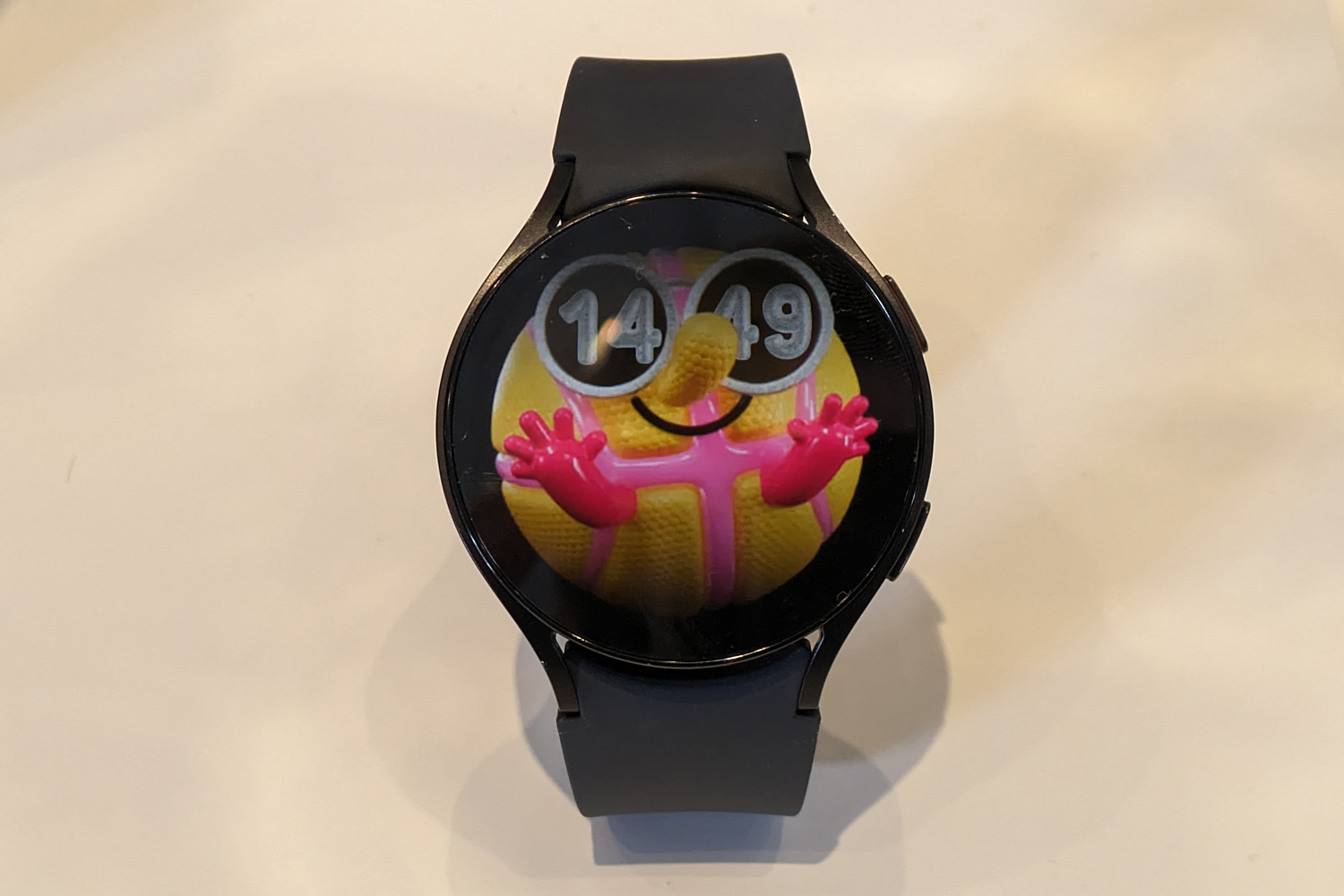
Samsung has given the Galaxy Watch7 its latest wearable chipset, the Exynos W1000. This 3nm silicon promises to be both more powerful and less power hungry than its predecessor, although it’s not like the Watch6 felt sluggish in general use. There’s 2GB of RAM on board, along with 32GB of storage for maps, apps, and music.
The Galaxy Watch6 uses an older Exynos W930 CPU, which brought a welcome speed boost over its predecessors. It also has 2GB of RAM, but makes do with 16GB of storage. If peak performance is key, or you insist on streaming songs from your wrist while exercising, the newer model is the obvious choice.
Battery capacity is unchanged between generations, meaning a 300mAh cell for the 40mm model or 435mAh in the 44mm version. This was enough to get through a full day of 24/7 tracking when we reviewed the Watch6 Classic. Samsung isn’t claiming any big longevity gains this year, so you’ll still likely need to plug in every other day.
Initial verdict
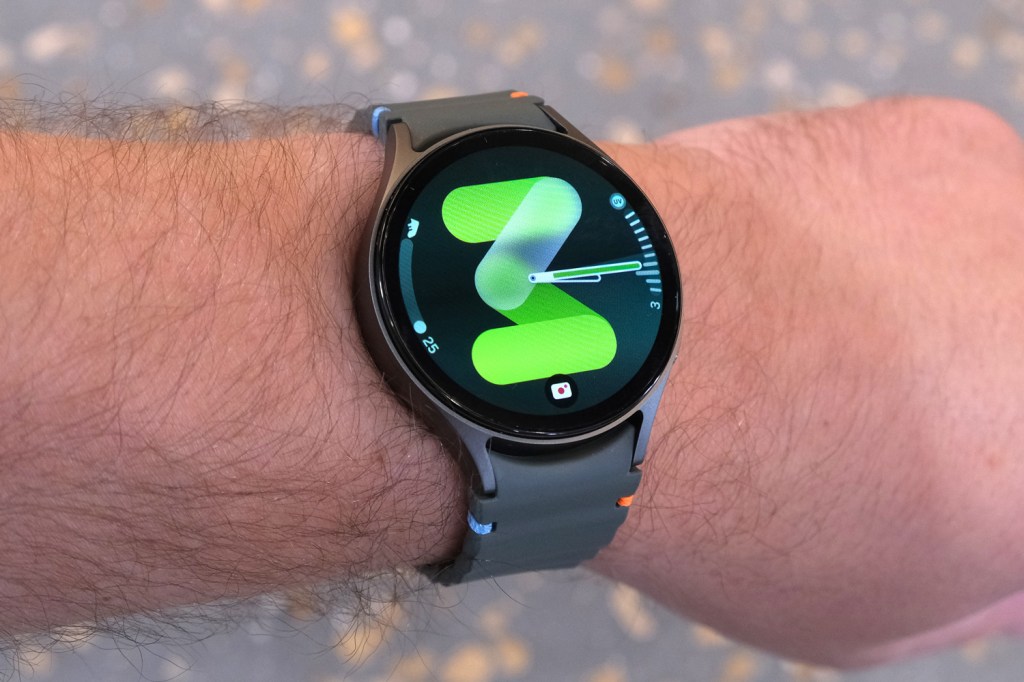
It would be unfair to say which model comes out on top without having given the Galaxy Watch7 a full review – but on paper it’s the obvious choice. A newer chipset bodes well for both performance and battery life; the updated bio sensor should mean more accurate health tracking; and it’s the only way to get WearOS 5 on your wrist right now.
The Galaxy Watch6 hasn’t exactly been made redundant overnight, though. Strap aside it looks almost identical to the new model, has pretty much all the same fitness features, and will probably get an update with the rest in the near future. It’s also easier on the wallet if you shop around. The choice might boil down to whether you really need the newest gizmo on your arm.
- Related: Samsung Galaxy Ring hands-on review
